There was no better place to begin exploring the Philippines than the capital of Manila and its surroundings. We enjoyed seeing both the historic and modern sides of the city, but the best part was visiting our local friend, Jannelyn!
Metro Manila
The historical aspects of Manila came first as we walked through Rizal Park. It was named to honour the national hero, José Rizal, who was a key figure and head of many civic movements in favour of the people of the Philippines. His execution by the Spanish army fired up the Filipino revolution, leading to the independence of the country. The Rizal Monument in the park serves as his symbolic burial site.

Nowadays, the park is visited by many locals for leisure during the weekends. We too escaped from the busy roads of the capital city and enjoyed the shade and breeze in Rizal Park.
Just adjacent to the park lies the oldest district of Manila, Intramuros. Built by the Spanish in the late 16th century, the walls of Intramuros protected it from the heavy Japanese attacks during the Battle of Manila in World War II.

The wide streets and colonial houses of Intramuros used to be the beating heart of Spanish Manila with Fort Santiago as its masterpiece. At the mouth of the Pasig River, Fort Santiago guarded the entrance against foreign invaders during the Spanish rule as well as served as a prisoners of war camp during World War II.
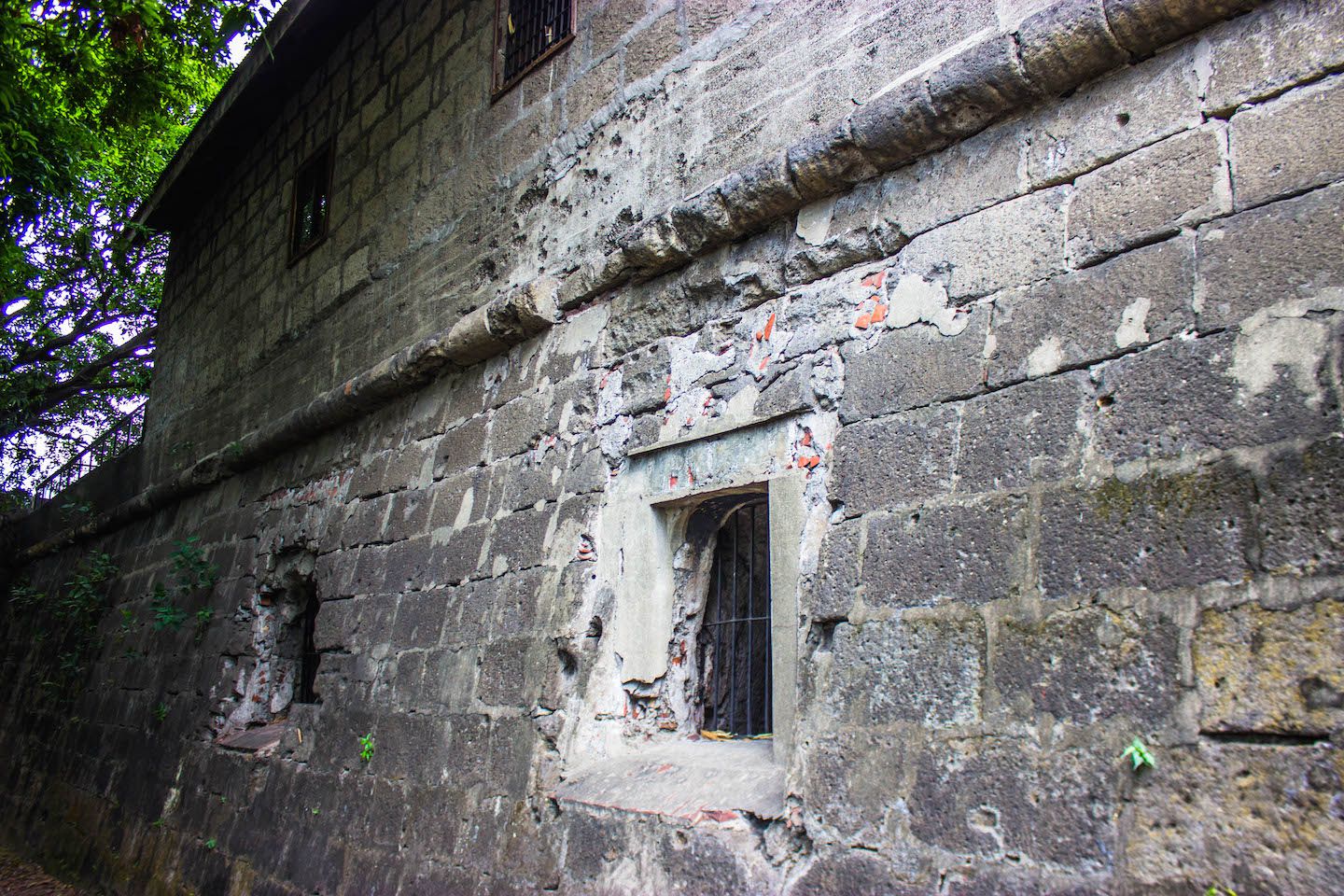
It was also the place of incarceration for the national hero, José Rizal. Inside the fort, a museum exhibited Rizal’s life and work, where we learned more about the national hero and the circumstances of his death. Some of the more interesting exhibits included an original copy of his last farewell as well as the vertebrae hit by the bullet that killed him.

The other highlights inside Intramuros were the old churches of Manila – Manila Cathedral and San Augustin Church.
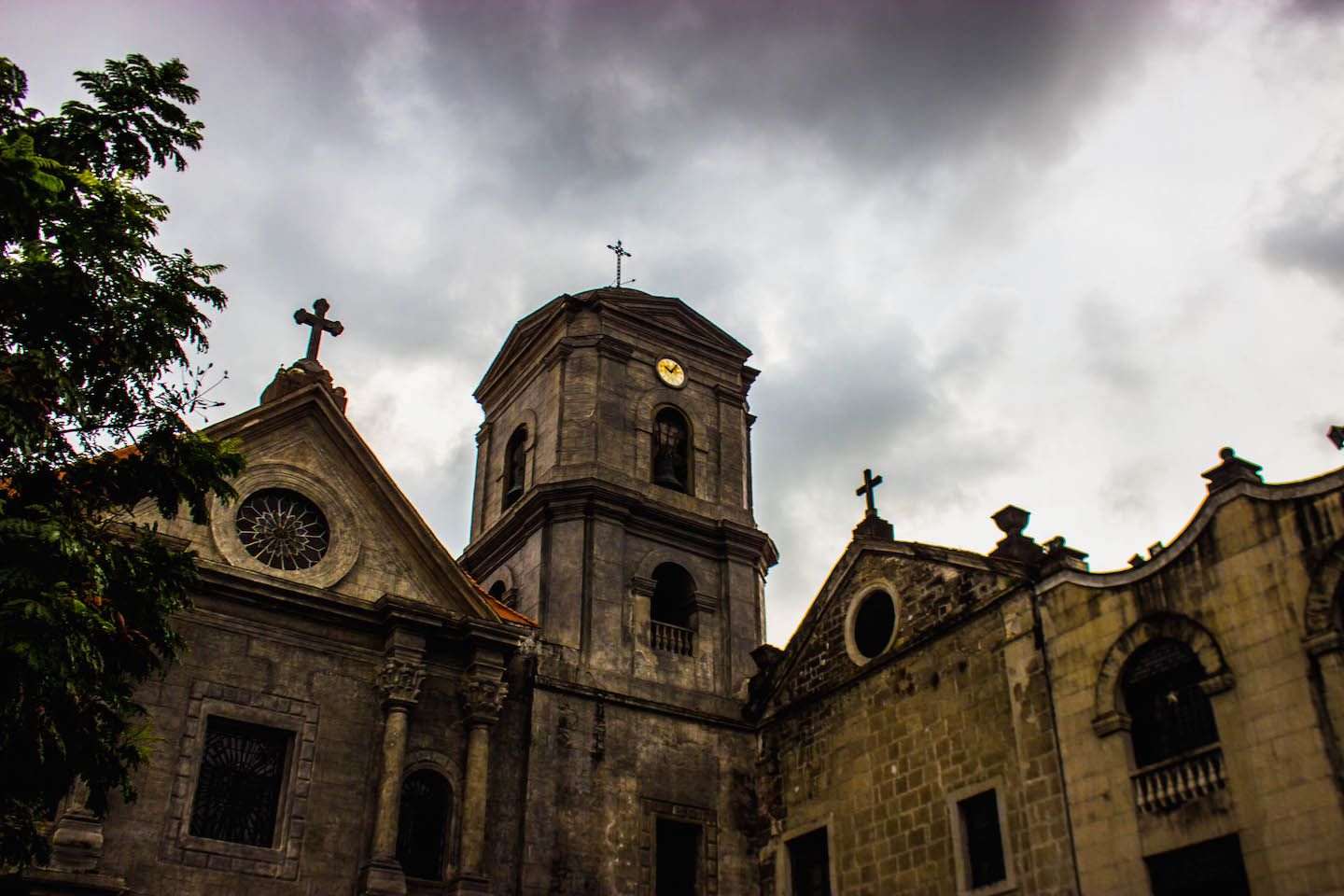
Since the beginning of the trip, we’ve been to many Buddhist, Hindu and even Muslim countries, but the Philippines was the first predominantly Catholic one. Thus we found the churches refreshing, even though the outside of Manila Cathedral was oddly asymmetrical. Julie liked the stained glass windows that were extra cool because they opened.

Contrasting with the old and historical Manila, the rest of Metro Manila was mostly an urban sprawl. Skyscrapers, packed highways, and endless malls, Metro Manila rivals any metropolis in SE Asia. Usually large cities are tough for us because they’re usually too big and traffic-ingested to explore via public transportation or walking. Luckily, we had a local drive and take us around to all the best places!
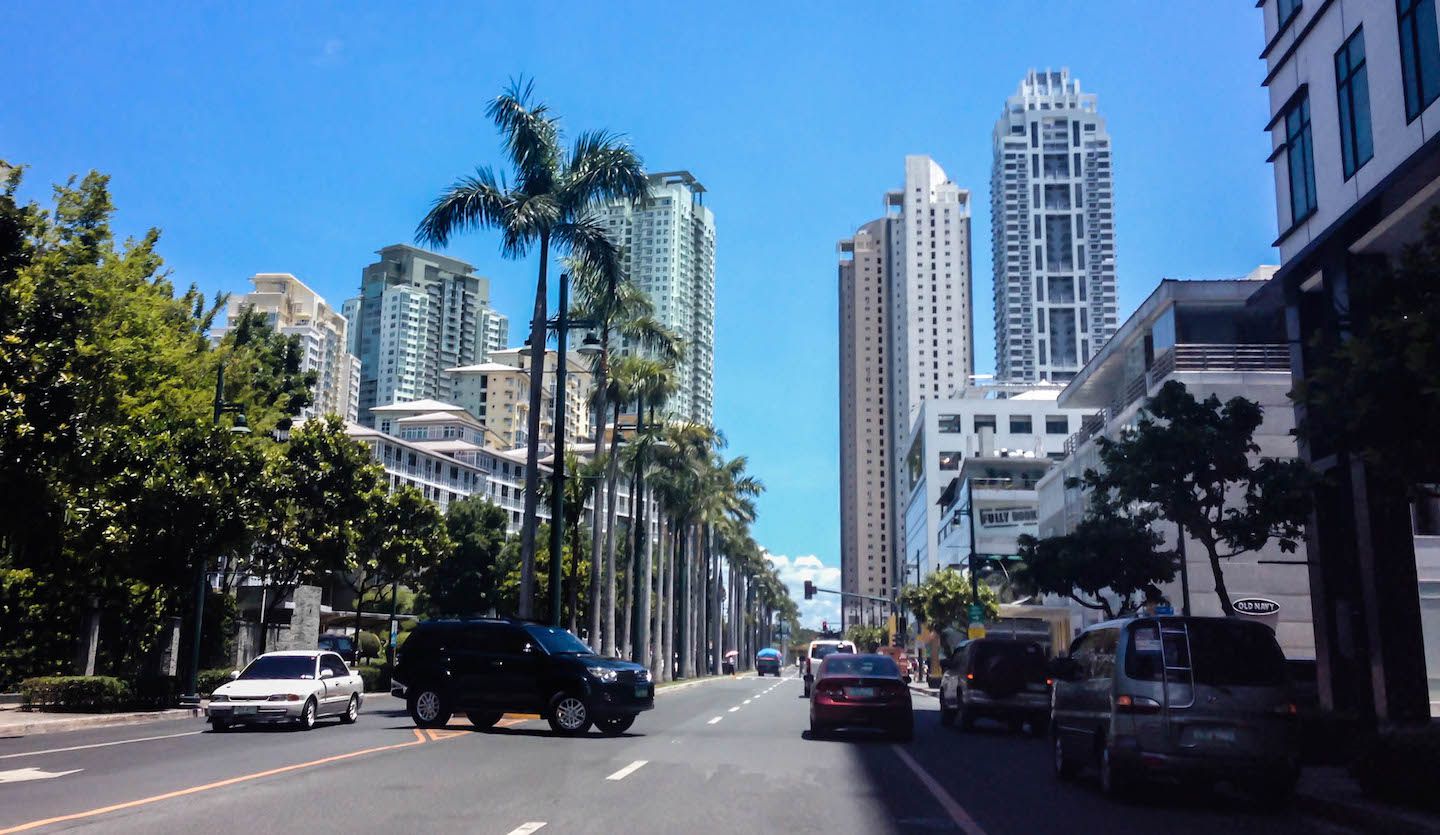
Some of the more developed communities like Bonifacio Global City surprised us. The similarities with North American cities was remarkable. Wide avenues and open air outlets dominated the scene. It was a little reminder of home.

Corregidor Island
Not far from Manila, at the entrance of Manila Bay, lies the small island of Corregidor. We took a day tour with Sun Cruises to learn more about the island’s history in WWII. The tour was one of the most organized tours we’ve taken during this trip, which contributed positively to our experience.
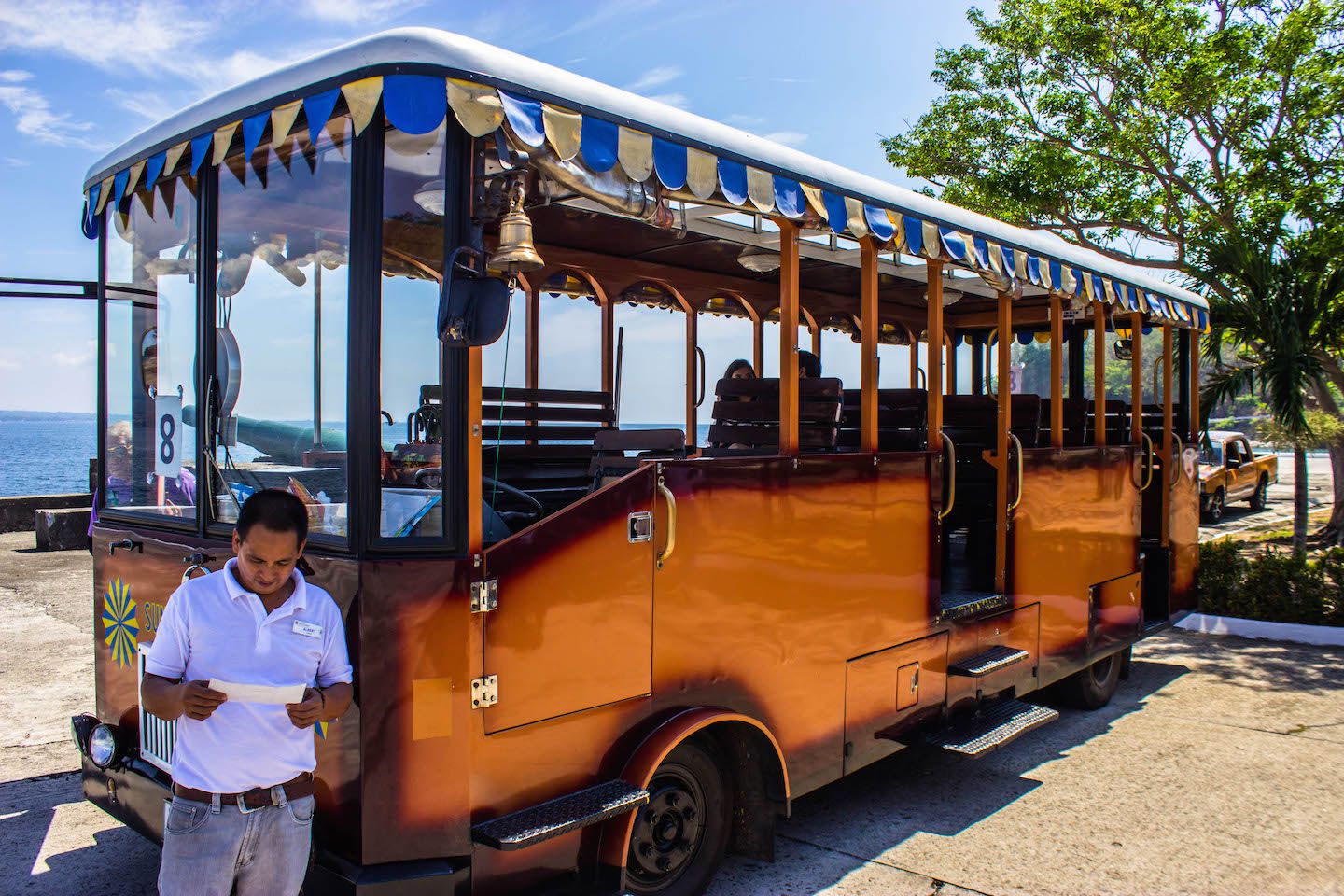
During Spanish rule, the island was used as a correction center, fortress and customs (thus the name). During American rule, Corregidor was heavily fortified and equipped with artillery to protect Manila in a war event.

The island played a pivotal role during World War II, when the Japanese armies invaded Manila from inland and all allied forces were forced out. Thus Manila’s first line of defence became its last.

The tour took us through all parts of the island in a tram car as our guide explained each location’s significance along with relevant historical tidbits. My favourite parts were when we visited three of the island’s batteries. Battery Way had four 12-inch mortars capable of firing 450 kg shells up to 13 km in any direction. Each mortar needed a crew of 14 soldiers to be fired.

At Battery Hearn, the guns had the maximum range of 26.5 km and were simply huge! Battery Grubbs had guns mounted on disappearing carriages to fool the enemy.
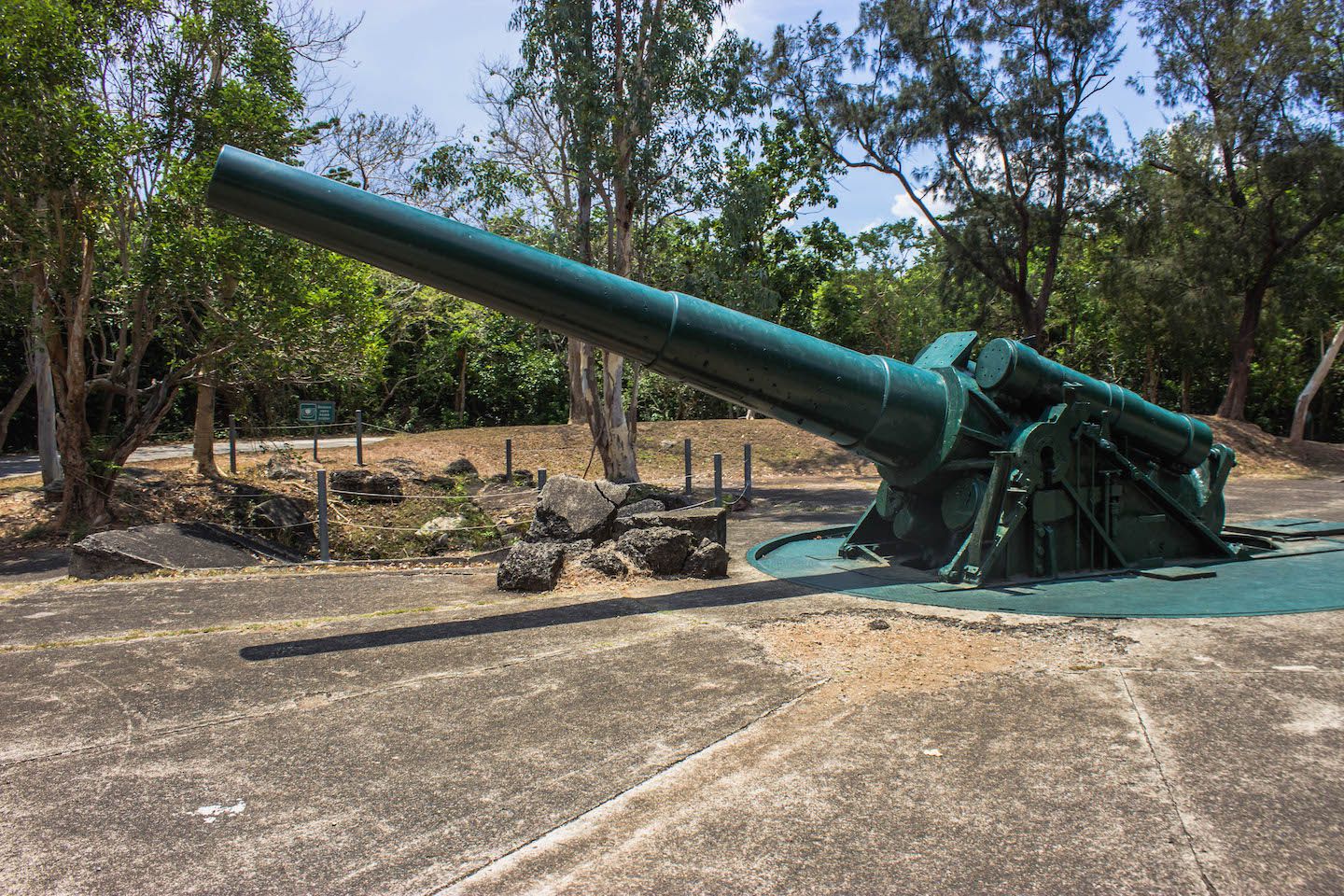
Malinta Tunnel was a particularly memorable part of Corregidor. Primarily a bomb shelter, Malinta Tunnel became an improvised hospital during the heavy Japanese bombings.

The tunnel was overcrowded and many of its laterals caved in during the bombings. It was hard to imagine thousands of people essentially trapped underground while endless explosions took place above. A light and sound show inside the tunnel told us the history of the Battle of Corregidor.

To end an educational day to Corregidor, we stopped at the war memorial and the lighthouse, where we had a nice view of the island as a whole. Overall, we enjoyed the day a lot more than expected and gained historical insight into both the Philippines and WWII.

Tagaytay
A short day trip from Manila, Tagaytay’s main attraction is the view of the Taal lake and volcano, a getaway of sorts from the hustle and bustle of the city. I was really excited to go there since it was my first volcano sighting! The best view of the lake and volcano can be seen from the backyard of the Taal Vista Hotel.

With perfectly manicured lawns and an open 180-degree balcony overlooking Taal Lake, the view was stunning! Rolling green hills were interspersed with the blue lake and in the center, the crater of Taal Volcano. We even used the onsite binoculars to see the volcano up close.
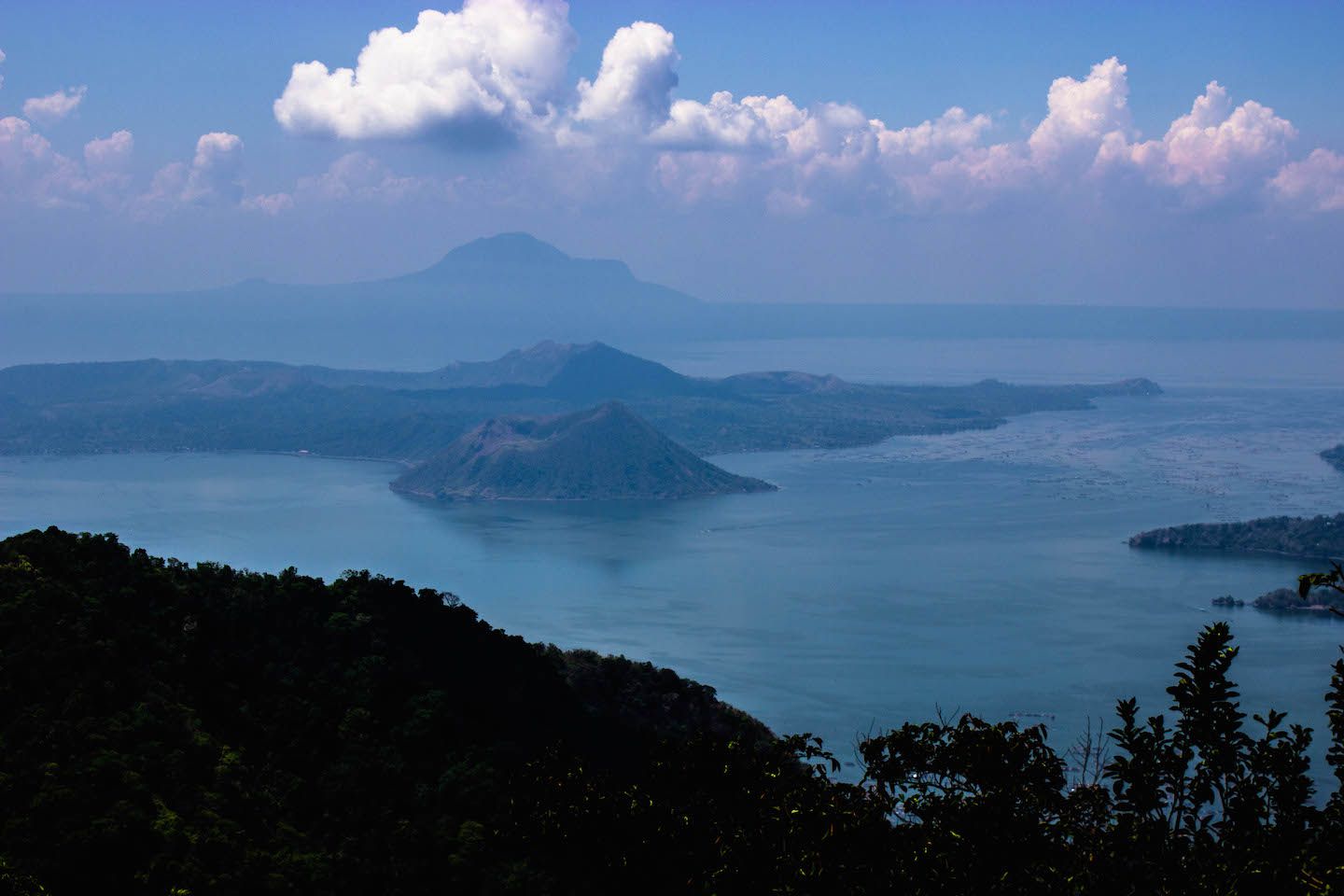
Besides the view, Tagaytay had a much more calm, relaxed, and cooler atmosphere. I could see how families in Manila would want to come up here on the weekends. It was a breath of fresh air from the concrete jungle of Manila to the scenic countryside of Tagaytay. We finished off the visit with a nice brunch – a perfect, chill Sunday.

Manila, Corregidor and Tagaytay were a great start to the Philippines. Thanks, Jannelyn, for making our stay so enjoyable. Without her, I imagine we would have done what most tourists do – skip Manila and use it mostly as a transit base to elsewhere in the Philippines. Having been away from home for so long, it was indescribably nice to have a local take us around and remind us of home.
Please visit the galleries for more pictures of Manila, Corregidor Island and Tagaytay!
